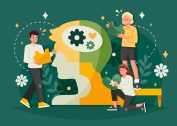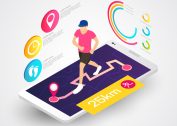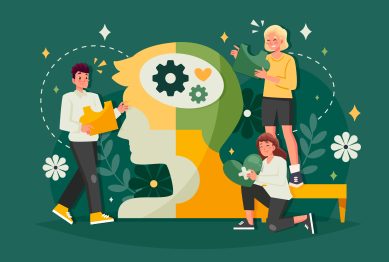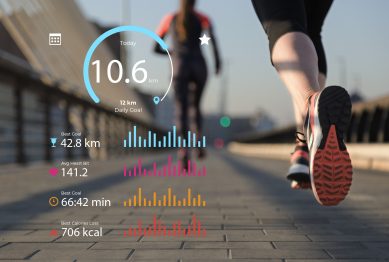In a world that demands constant multitasking, rapid decision-making, and digital interaction, it’s no surprise that many of us feel mentally stretched thin. The constant hum of cognitive activity—planning, deciding, remembering—can lead to a sense of mental fatigue that’s difficult to shake. That’s why learning how to think with less cognitive pressure has become a critical skill in today’s fast-paced environment.
Reducing cognitive load isn’t about thinking less—it’s about thinking smarter. This guide offers practical, science-backed strategies to help you think more clearly, focus longer, and make better decisions—all while reducing mental strain.
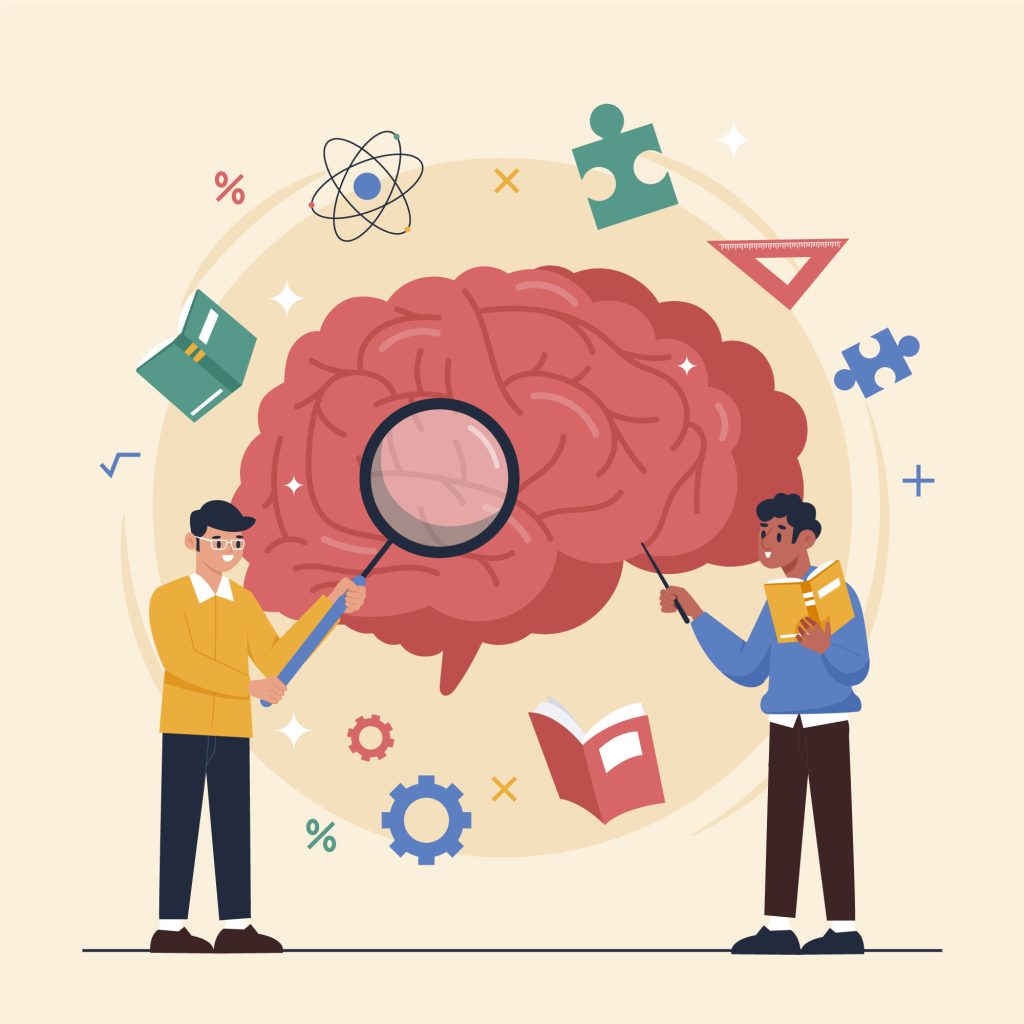
Understanding Cognitive Pressure
Cognitive pressure occurs when your brain’s working memory—the part responsible for holding and processing information in real time—is overloaded. It’s what happens when you juggle too many thoughts at once, leaving you mentally exhausted and prone to errors.
According to Cognitive Load Theory, humans have a limited capacity for processing information. When that capacity is exceeded, our ability to think clearly, stay focused, and solve problems deteriorates rapidly.
Symptoms of cognitive overload include:
- Difficulty concentrating
- Feeling mentally drained
- Frequent decision fatigue
- Procrastination and avoidance
If you recognize these signs, you’re likely dealing with cognitive pressure—and the good news is, it’s manageable.
Emerging Trend: Digital Minimalism and Cognitive Clarity
An increasing number of professionals are turning to digital minimalism to manage cognitive pressure. This lifestyle shift involves reducing digital clutter—fewer apps, less screen time, and intentional technology use—to free up mental bandwidth.
Thought leaders like Cal Newport have popularized this movement, arguing that the constant influx of notifications, emails, and information fragments our attention and strains our working memory. The practice of digital decluttering—removing unnecessary digital inputs—has become a common strategy for thinking with less cognitive pressure.
Companies like Microsoft and Google are also embracing focus modes, notification batching, and screen time management tools to help workers reduce digital distractions and improve cognitive clarity.
8 Practical Ways to Think With Less Cognitive Pressure
Here’s how to reduce mental strain and boost your ability to think clearly, every day:
1. Automate Low-Stakes Decisions
You make thousands of decisions daily—from what to wear to what to eat. These small choices add up and drain cognitive resources. Reduce this burden by automating routine decisions:
- Adopt a minimalist wardrobe
- Use meal plans or recurring menus
- Schedule daily tasks in advance
Research from Baumeister et al. (2003) shows that minimizing daily decisions improves focus and self-regulation—critical for preserving mental energy for more important thinking.
2. Apply the Two-Minute Rule
Tasks that take less than two minutes should be done immediately. This rule, from David Allen’s Getting Things Done, prevents minor tasks from accumulating and mentally “hovering” in your awareness.
Reducing these “open loops” helps clear your mind and lowers cognitive pressure.
3. Externalize Your Thinking
Don’t rely solely on memory to manage information. Use tools to offload your thoughts:
- Digital task managers (e.g., Todoist, Asana)
- Physical notepads or sticky notes
- Note-taking apps (e.g., Notion, Obsidian)
This frees up your working memory, allowing you to process fewer items at once—and think more clearly as a result.
4. Declutter Your Digital Environment
Visual clutter—especially in your digital workspace—can overwhelm your brain. Clear your:
- Browser tabs (limit to 5–7 at a time)
- Desktop icons (keep it minimal)
- App notifications (turn off non-essential alerts)
A study by McMains & Kastner (2011) found that visual clutter competes for your attention, increasing cognitive load and reducing task performance.
5. Use “Cognitive Chunking” for Tasks
Break large tasks into smaller, manageable “chunks”. For example:
- Don’t write a full report; outline it, draft it, then edit.
- Don’t clean the whole house; tackle one room at a time.
Chunking has been shown to optimize working memory and improve task efficiency. It also prevents feeling overwhelmed, making it easier to start and finish tasks.
6. Embrace Single-Tasking
Multitasking may feel efficient, but it significantly increases cognitive strain. Shift to single-tasking, where you focus on one task at a time.
Try techniques like:
- The Pomodoro Technique (25-minute focus blocks)
- Task batching (group similar tasks together)
- Distraction blockers (e.g., Freedom, Cold Turkey)
Research by Ophir et al. (2009) confirms that multitaskers perform worse on memory tasks and are more prone to distraction, proving that single-tasking is cognitively easier and more effective.
7. Take Strategic Mental Breaks
Cognitive pressure builds up. Taking short, regular breaks resets your mental energy and improves clarity.
Effective break strategies include:
- 5-minute movement breaks (stretch or walk)
- Breathing exercises (e.g., box breathing)
- Mindful rest (sit quietly without devices)
Wamsley (2021) found that brief rest improves memory consolidation and cognitive performance, proving that rest isn’t wasted time—it’s necessary for clear thinking.
8. Limit Information Inputs
You don’t need to consume every news article or social feed. Curate your inputs:
- Set time limits for news or social media
- Use newsletters over endless scrolling
- Follow “just-in-time” learning (only consume info when needed)
Reducing information intake prevents cognitive overload and helps you focus on processing what truly matters.
Real-Life Application: Workplace Strategies
Forward-thinking companies are helping employees think with less cognitive pressure by implementing:
- No-meeting focus days
- Asynchronous communication (less urgent interruptions)
- Clear project management tools (less reliance on memory)
These strategies support cognitive offloading, ensuring that workers use systems instead of mental effort to track progress and make decisions.
Cognitive Pressure and Mental Health
Unchecked cognitive pressure can lead to anxiety, burnout, and indecision. Mental health professionals recommend:
- Mindfulness meditation
- Time management skills
- Emotional regulation strategies
These tools help reduce mental clutter, manage cognitive load, and promote long-term mental clarity.
Final Thoughts
The ability to think with less cognitive pressure isn’t about doing less—it’s about reducing mental friction. By streamlining decisions, minimizing digital distractions, and using simple systems to support your mind, you can think more clearly, work more effectively, and feel less overwhelmed.
In today’s information-rich world, clear thinking is a competitive advantage—and it starts with reducing the mental noise that clouds your focus.
Reference
- McMains, S.A., & Kastner, S. (2011). Interactions of top-down and bottom-up mechanisms in human visual cortex. Nature Neuroscience, 14(2), 196–200. https://doi.org
- Ophir, E., Nass, C., & Wagner, A. (2009). Cognitive control in media multitaskers. PNAS, 106(37), 15583–15587. https://doi.org
- Masicampo, E. J., & Baumeister, R. F. (2011). Journal of Personality and Social Psychology, 101(4), 667–683. https://doi.org


